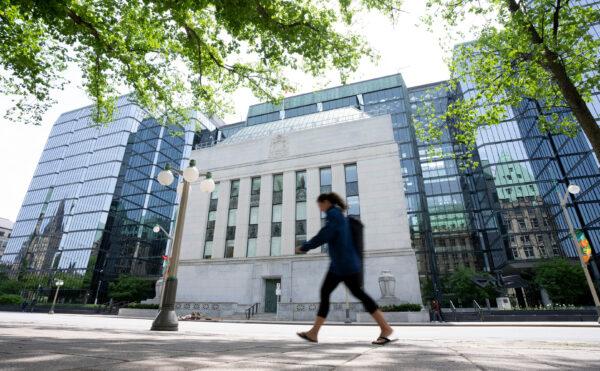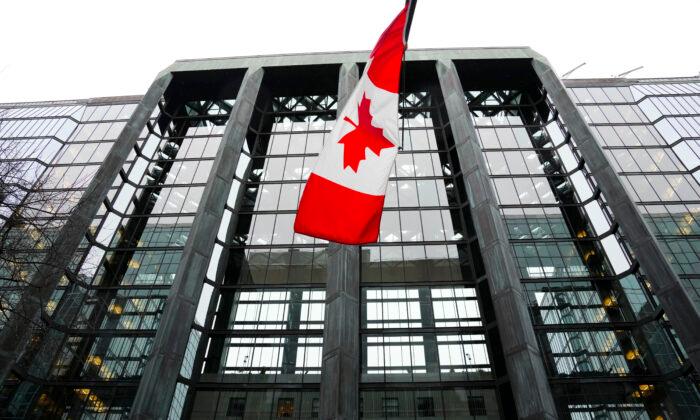For the first time in history since the Bank of Canada’s founding in 1935, the federal government-owned bank will suffer a financial loss that the C.D. Howe Institute estimates could be up to $8.8 billion in the coming years.
Titled “Reversal of Fortunes: Rising Interest Rates and Losses at the Bank of Canada,” the brief noted the third quarter of 2022 alone saw a net loss of $511 million which it warned is “just the beginning.”
Over the BoC’s entire 87-year history, it has always earned annual profits and remitted significant amounts of revenue to the federal government. That is not predicted to be the case for the next few years.
While C.D. Howe said the losses do not undermine the BoC’s ability to conduct monetary policy, “it does create novel reputational and communications challenges for the Bank at a time of elevated public attention on its activities.”
“It also creates a direct financial cost for the federal government,” said the report.

Canada’s inflation rate rose from 3.1 percent in June 2021 to 8.1 percent in just one year, the highest rate of inflation since the early 1980s, which according to the brief was the fastest acceleration since the early 1950s.
The brief notes that the BoC had responded to high inflation by increasing its policy interest rate. The federal bank bought government bonds and increased liabilities to financial institutions to expand its balance sheet, said the report.
Expenses Exceed Revenues
For the first time, expenses now exceed the BoC’s revenues. C.D. Howe predicts that amendments to the Bank of Canada Act will be almost inevitable.C.D. Howe said that when BoC has surpluses, these add to government revenues. If the bank suffers financial losses, “remittances to the federal government are likely to cease for some time.”
This will show on the government’s financial statements as lower federal revenues, said the brief.
BoC’s revenues come mostly from asset holdings, which, before COVID came on the scene in March 2020, mainly included Government of Canada bonds ($80 billion) and treasury bills ($25 billion). According to the brief, the overwhelming majority of these assets were balanced by liabilities, specifically currency in circulation.
As the bank has held more interest-bearing liabilities, it has had to pay more interest. The C.D. Howe Institute estimates that over two decades, “between 1999 and 2019, the average annual interest paid by the Bank to all depositors was approximately $100 million per year – roughly 90 percent of which went to the Government of Canada.”
In 2021, however, BoC paid close to $1 billion in interest to other banks. The bank now holds more than $200 billion in interest-earning deposits, now paying higher interest rates without the corresponding revenue increases, which the brief predicts “will create large financial losses.”
The brief cautions that confidence in the country’s central bank is essential to achieve low and stable inflation, and suggests that Canada may have to do as the U.S. Federal Reserve is doing south of the border, and opt to use a deferred account for its losses.
The U.S. Government Fed uses an accounting measure referred to as a “deferred asset” to account for negative income. If the bank has a loss in a given year, it has no profits to send to the government. It would then accumulate a “deferred asset” equal to its cumulative losses.
If Canada took this step as C.D. Howe Institute suggests may be necessary, once the BofC was again profitable, it would retain a portion of profits to pay back the deferred account. Once the bank had enough earnings to offset earlier losses, it would resume sending profits to the government.






Friends Read Free